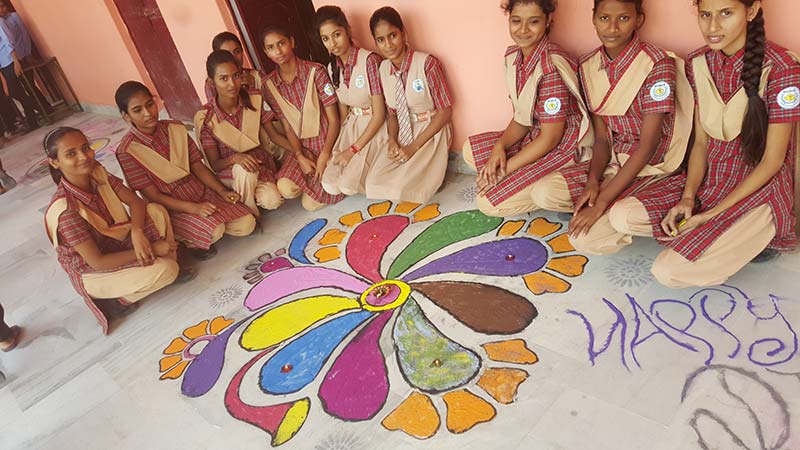The Importance of Art and Craft Education in Schools

Art and craft education, such as creating rangoli, plays a vital role in school curriculums. It fosters creativity, allowing students to express themselves in unique ways. Engaging in art and craft activities enhances fine motor skills, hand-eye coordination, and spatial awareness. These activities also promote cultural appreciation and understanding, especially with traditional crafts like rangoli, which is a significant part of Indian heritage.
Fostering Creativity and Self-Expression
- Creative Outlets: Provides students with unique ways to express their thoughts and emotions.
- Imagination Development: Encourages thinking outside the box and exploring new ideas.
- Personal Satisfaction: Completing art projects boosts confidence and a sense of accomplishment.
Enhancing Motor Skills and Coordination
- Fine Motor Skills: Activities like drawing and cutting improve precision and control.
- Hand-Eye Coordination: Tasks that require careful placement, like rangoli, enhance coordination.
- Spatial Awareness: Understanding space and dimensions through craft projects.
Promoting Cultural Appreciation
- Cultural Heritage: Practices like rangoli teach students about Indian traditions and heritage.
- Diverse Perspectives: Exposure to various art forms fosters appreciation for different cultures.
- Community Connection: Art projects often involve collaborative efforts, enhancing social bonds.
Reducing Academic Stress
- Relaxation: Art provides a break from the rigors of academic studies.
- Mental Well-being: Creative activities have therapeutic benefits, reducing stress and anxiety.
- Balanced Development: Contributes to the overall emotional and intellectual growth of students.
